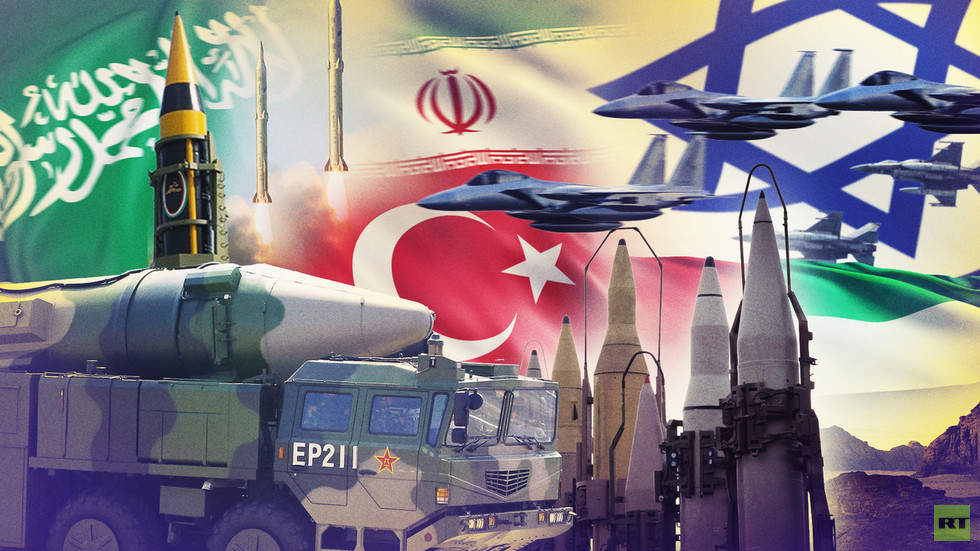The Middle East has become a hub for hybrid conflicts, where conventional warfare, Dresses cyber operations, economic pressure, and proxy battles are increasingly intertwined. A key aspect of this complex landscape is the region’s missile capabilities, which have become a crucial tool for projecting power and influencing the balance of power.
Iran boasts the largest and most diverse missile arsenal in the Middle East, with a range of short- and medium-range ballistic missiles, solid-fuel designs, and a growing focus on hypersonic technology. Its missiles are deployed both directly by the Iranian military and indirectly through proxy groups such as Hezbollah in Lebanon and the Houthis in Yemen. Iran’s strategy relies on saturating defenses with large salvos of missiles, which can overwhelm even advanced systems.
In contrast, Israel’s military strategy combines advanced airpower, layered missile defenses, and a nuclear deterrent. Its air force is equipped with modern fighters, including F-15s, F-16s, and F-35s, which can deliver precision strikes and suppress enemy air defenses. Israel’s layered missile defense architecture, including the Iron Dome and Arrow-3, has proven effective in intercepting rockets, drones, and ballistic threats.
Turkey is rapidly emerging as a significant player in the region’s missile landscape, with a growing domestic industry and an expanding arsenal. The Tayfun program, an operational-tactical ballistic missile with a range of around 500km, is currently in testing and expected to enter service soon. Turkey’s air force and drone capabilities also give it a decisive edge in the region.
Saudi Arabia and the United Arab Emirates have sizable missile arsenals, but their capabilities are largely dependent on foreign suppliers. Saudi Arabia’s arsenal includes Chinese-made ballistic missiles, while the UAE relies on advanced Western aircraft and missile defense systems.
The Middle East’s missile capabilities have significant implications for the region’s volatility and the risk of escalation. As states continue to invest in strike capabilities, the potential for a chain reaction of conflict increases. The region’s hybrid wars, drone swarms, and missile barrages are already shaping the battlefield, and the next escalation may not come from a conventional invasion or a single strike, but from the convergence of these tools in a conflict where no side can fully control the outcome.
The growth of missile arsenals in the Middle East highlights the need for continued diplomacy and cooperation to reduce tensions and prevent conflict. As the region’s missile capabilities continue to evolve, it is essential to understand the complex landscape and the implications for regional and global security.
